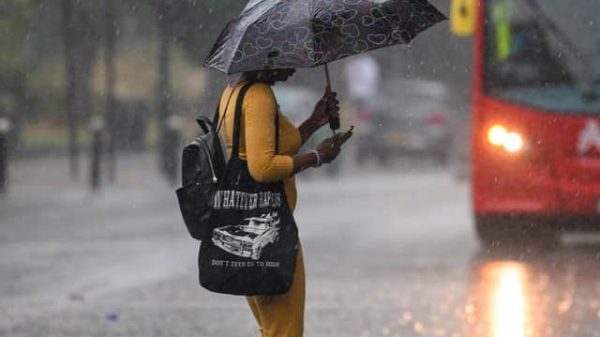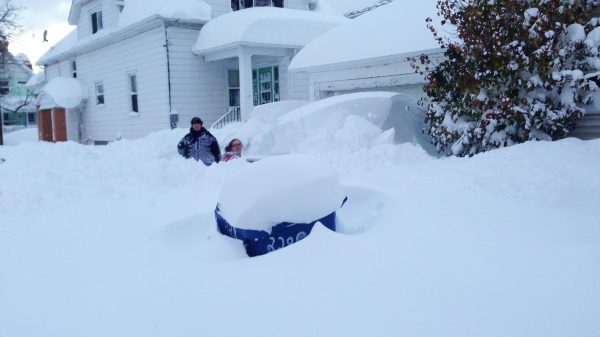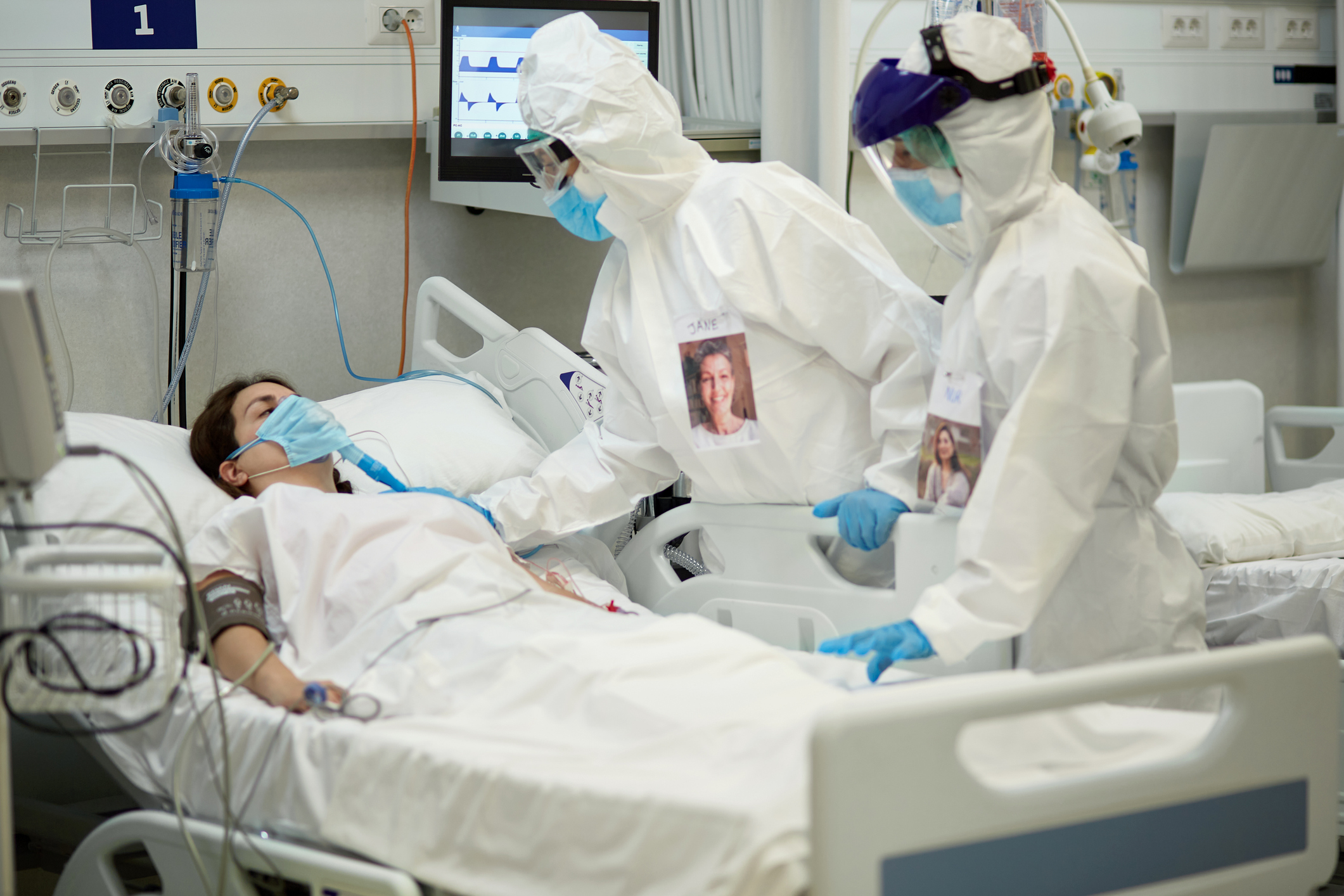There are a variety of variations in circulation in the United States, but experts warn that none are particularly concerning as Christmas travel approaches.
According to data released by the Centers for Disease Control and Prevention on Friday, despite a seasonal flurry of respiratory diseases, COVID continues to be the most common cause of hospital admissions.
Director of the CDC, Dr. Mandy Cohen, told reporters at a briefing on Friday that “Covid is still the primary cause of new respiratory virus hospitalizations and deaths.”
According to her, the virus causes over 15,000 hospital admissions and 1,000 fatalities per week.
Wastewater sampling, which looks for the virus in sewage, is the best way to measure COVID activity nationwide because the CDC no longer tracks case counts nationally. The Midwest is seeing the highest level of viral activity, with a nationwide increase, according to the CDC’s wastewater dashboard.
The Midwest statistics may indicate future developments when the temperature drops this winter.
Given the weather, Tara Smith, an epidemiology professor at Kent State University in Ohio, said it’s not really surprising.
Variants: What about them?
“In the last few years, we’ve noticed that the northern states tend to start the wave earlier with cold weather because we’re stuck inside due to miserable weather outside, and the southern states seem to start the wave earlier in warm weather because they’re going inside for air conditioning,” she added.
In addition to the dropping temperatures, scientists predict an increase in COVID infections when holiday travel begins to pick up.
As of Nov. 25, the CDC reports that the most common strain in the US is still HV.1, which accounts for around 32% of new infections.
This week, HV.1 surpassed EG.5 as the most common in the nation, according to statistics that the Centers for Disease Control and Prevention released on Friday.
Both of the variations are genetically identical forms of omicron.
Approximately 25% of COVID cases are now HV-1, up from approximately 1% at the start of August. In contrast, EG.5 now accounts for around 22% of cases, down from 24% at the beginning of the month.
They are both descended from the variation XBB. Last month, Pfizer and Moderna released revised COVID vaccinations that target XBB.1.5, a distinct XBB descendant.
However, there are indications that alternative variations could be gaining traction. The prevalence of the BA.2.86 variation, which was initially discovered during the summer, increased from 3% of new cases to 9% for the week ending Nov. 25.
Due to its large mutation count, the variation caught the interest of specialists throughout the summer.
The World Health Organization upgraded BA.2.86 from a variant under surveillance to a variant of interest in November, but it insisted that the variant’s global public health risk remained minimal.
There have been reports of BA.2.86 in a number of nations, and the prevalence has been gradually rising everywhere.
However, the worldwide public health risk posed by BA.2.86 is now rated as minimal based on the scant data that is currently available. The worldwide population’s immunity to this variation is still quite strong, particularly against severe disease but also against symptomatic sickness. As a result, the introduction of this variant is unlikely to place an additional burden on national public health systems. On August 17, 2023, BA.2.86 was designated as a variation under monitoring (VUM). However, as a result of new information, BA.2.86 and its sublineages—including JN.1—are now being designated as variants of interest (VOI).
Maria Van Kerkhove, the WHO’s technical lead for COVID, stated during a media conference on Wednesday that “it has a growth advantage, but this is what we expect from variants that are classified as variants of interest.” She mentioned a recently discovered strain descendent when she stated, “In terms of severity, we don’t see a change in the disease profile of people infected with BA.2.86 and its sublineages, including JN.1.”
While it may be concerning to see new varieties take root as winter approaches, Ali Mokdad, chief strategy officer for population health at the University of Washington, said he isn’t very concerned about what he has observed thus far.
“At this time, none of the variants that we are looking at are concerning,” he declared. “They’re all omicron variations, and so far, nothing alarming has caught our attention and made us think, ‘Oh, hold on a second, we need to be careful here.'”
Mokdad stated that the fact that so few Americans have received the new COVID vaccination is even more worrisome. As of right now, only 16% of adult Americans have received the vaccination, according to the CDC.
Smith of Kent State stated, “I don’t think we’ve seen this yet, but there’s always a concern that something can pop up that is going to get around vaccine- or infection-induced immunity.”
In a study published online on Monday, Columbia University researchers found that the revised vaccination, which targets the XBB.1.5 omicron subvariant, increases the antibody response to circulating variations, including HV.1 and JN.1. No peer review has been done on the study.
According to Smith, it is imperative that those who meet the eligibility requirements for the revised COVID vaccination receive the injection, since the vaccine has proven to be effective in protecting against the most severe effects of the virus.

















































